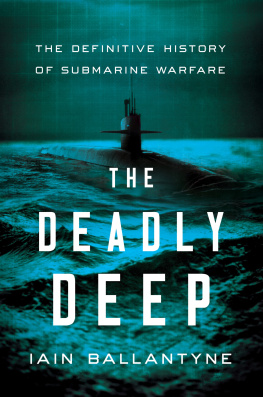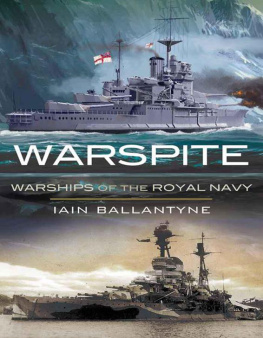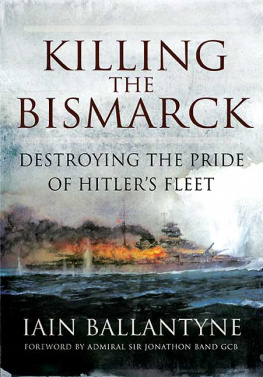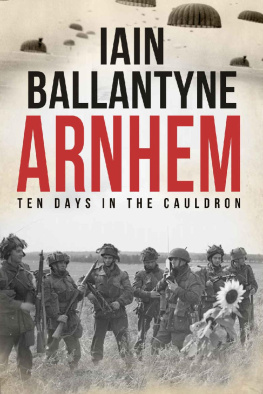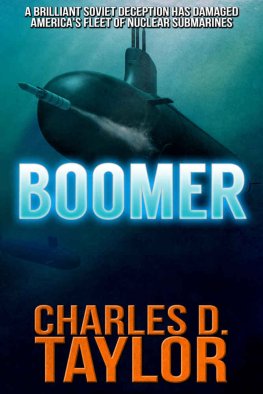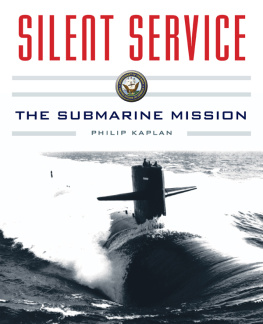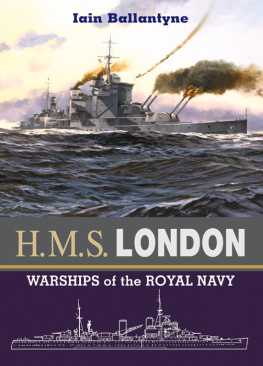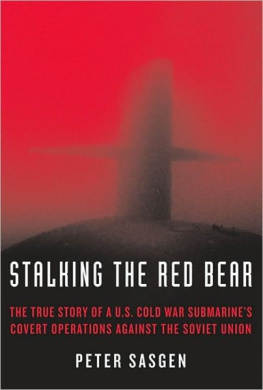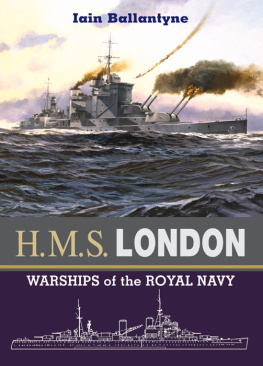
THE
DEADLY
DEEP
THE DEFINITIVE HISTORY OF SUBMARINE WARFARE
IAIN BALLANTYNE

PEGASUS BOOKS
NEW YORK LONDON
For both the hunter and the hunted,
especially those who never came home
Contents
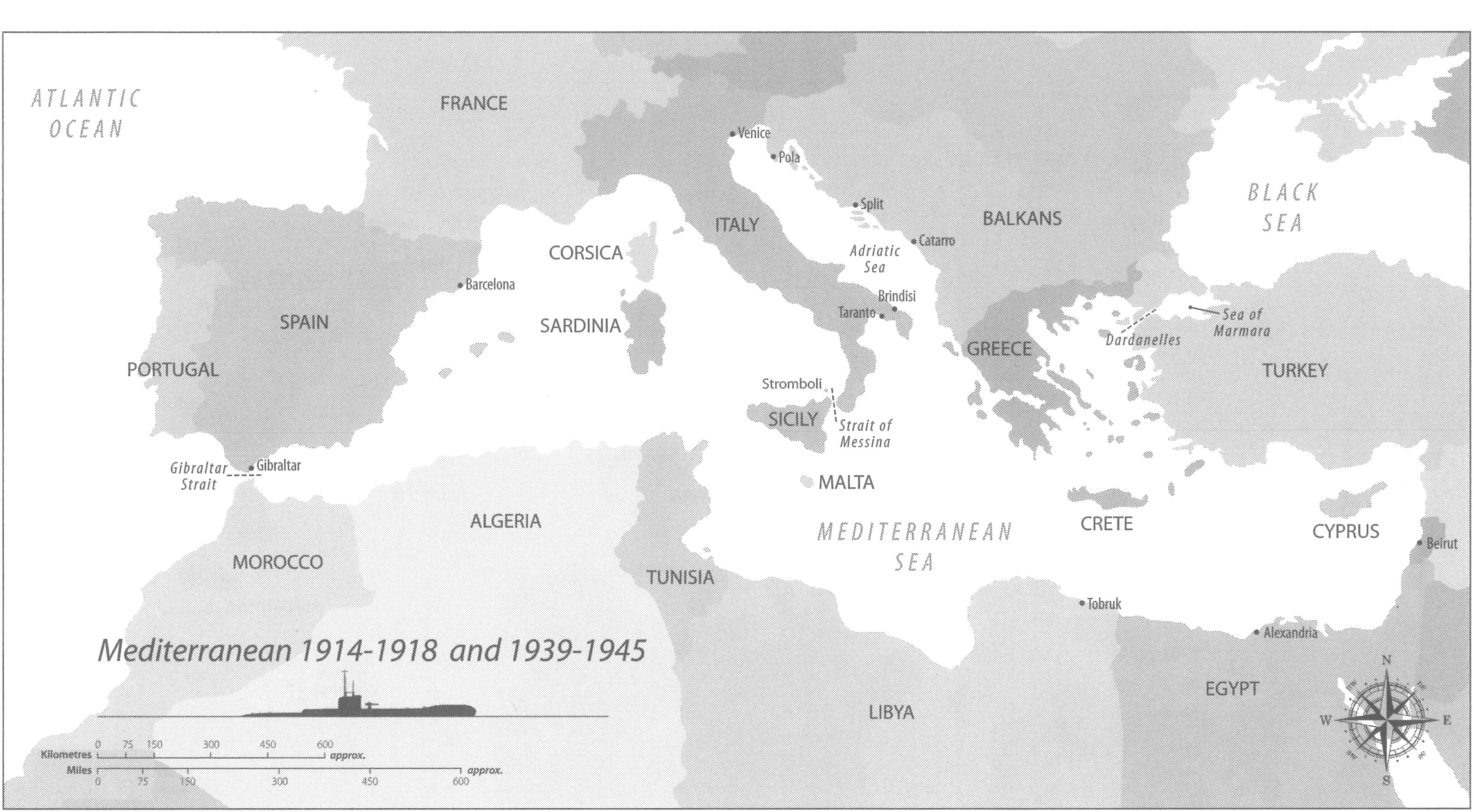
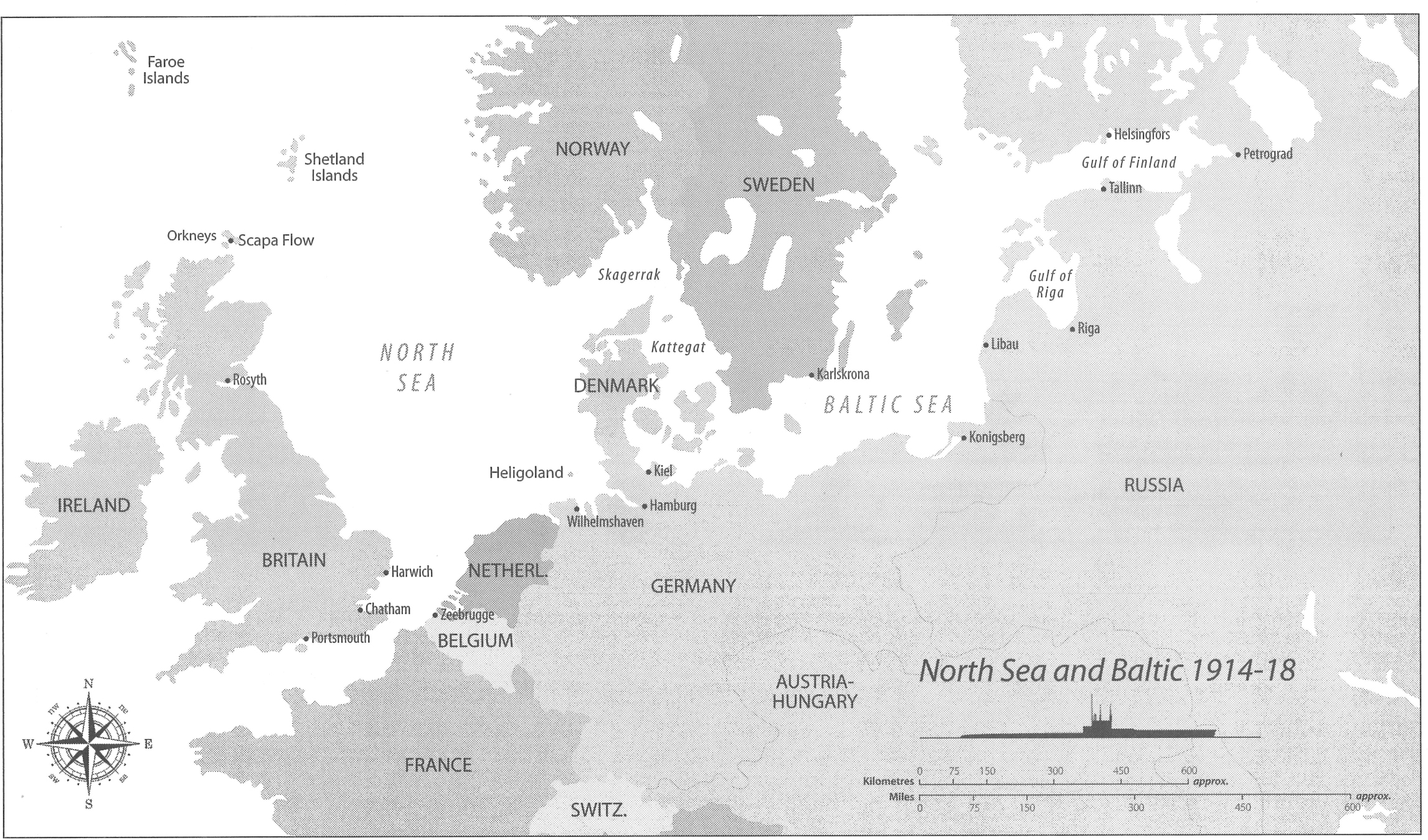
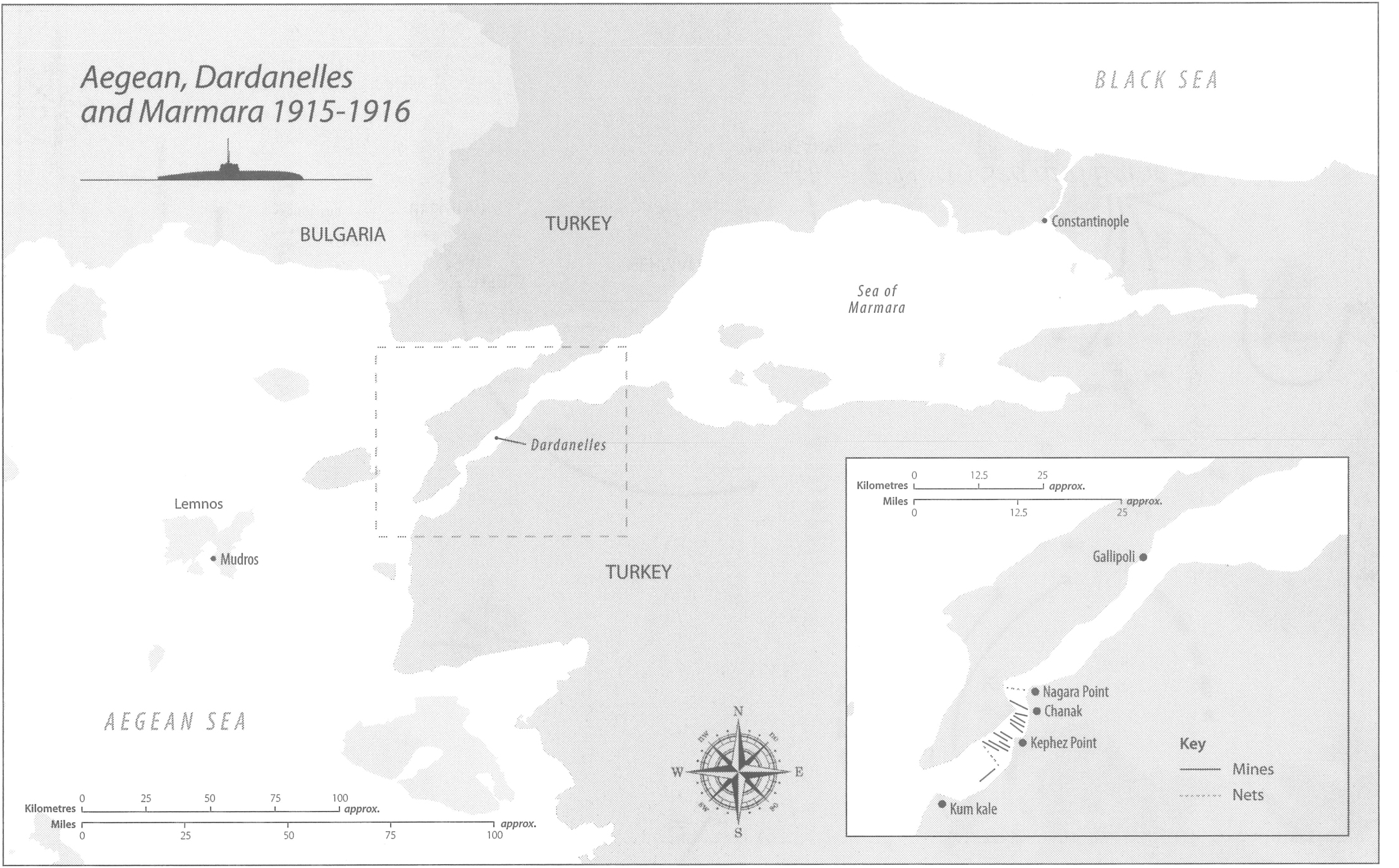
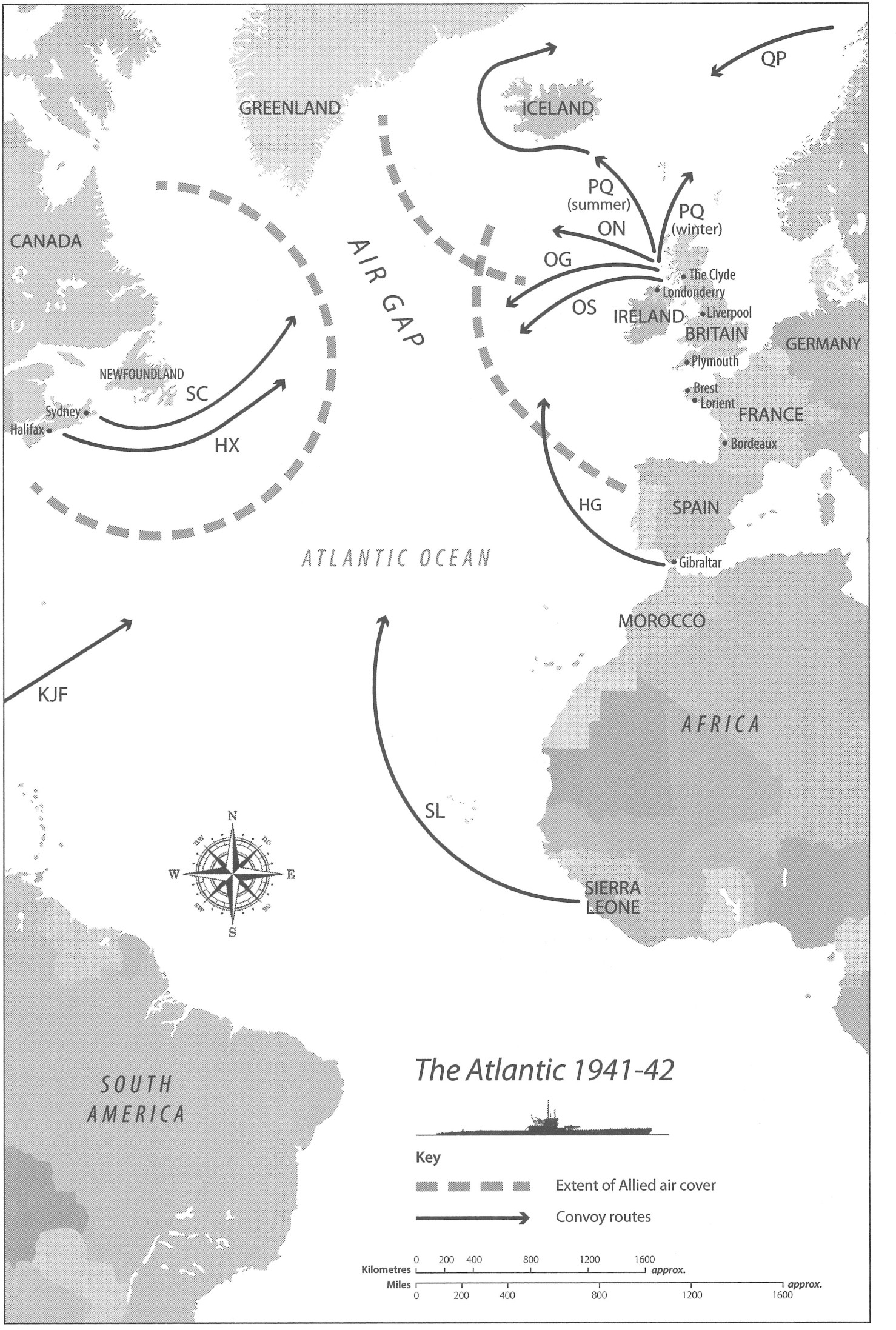
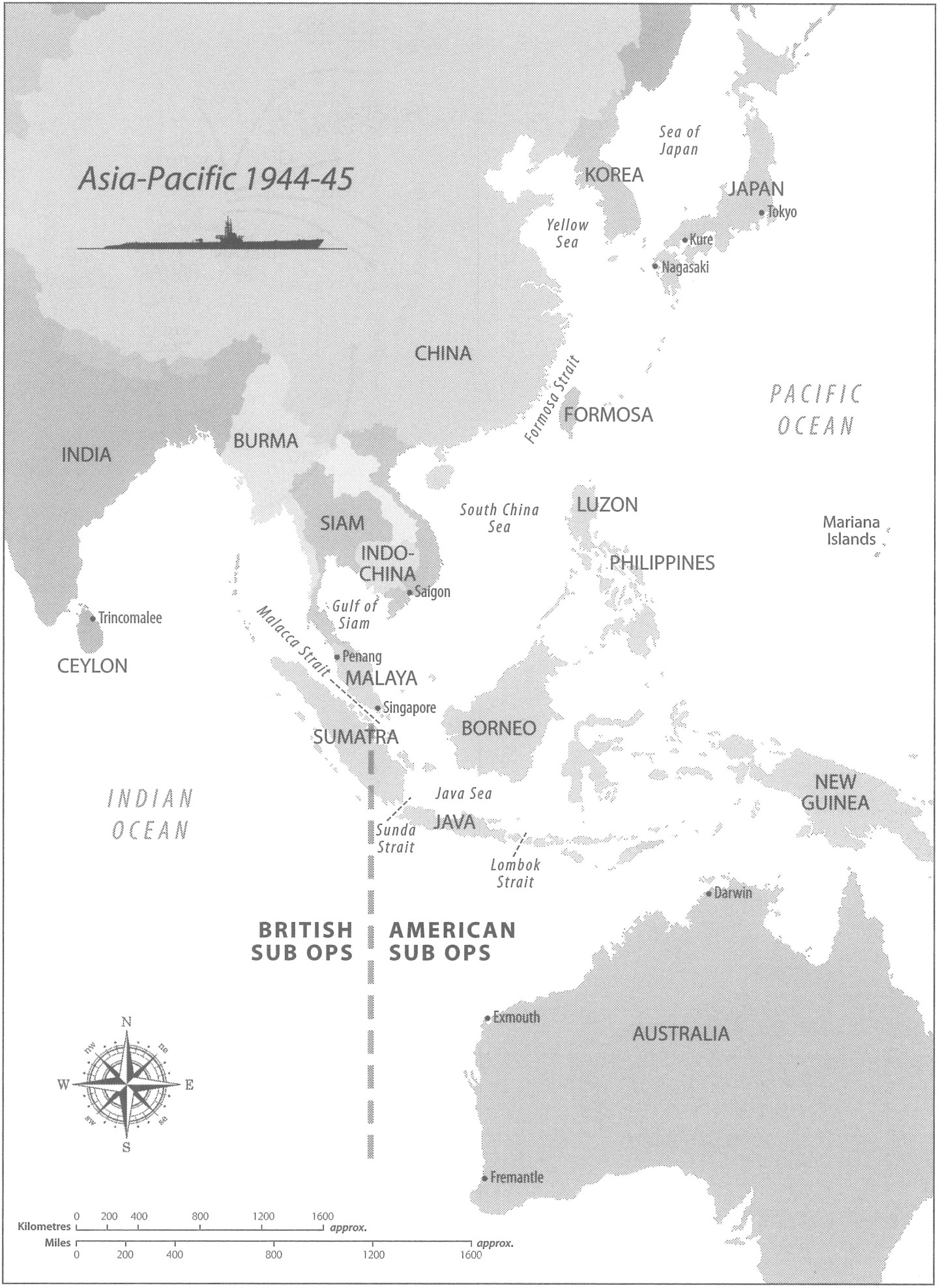
Ancient Times to 1914
.. there are two ways of dying in the circumstances in which we are placed... The first is to be crushed; the second is to die of suffocation. I do not speak of the possibility of dying of hunger, for the supply of provisions in the Nautilus will certainly last longer than we shall. Let us then calculate our chances.
Captain Nemo in Twenty Thousand Leagues Under the Sea by Jules Verne
A century ago Rudyard Kipling penned a piece of verse in salute to what he called The Trade, which was plied by submariners playing what he described as grisly blindfold games. The grim potential of submarines had been displayed during the First World War, with their commanders using periscopes to seek out targets and delivering Kiplings one-eyed Death.
The Trade concludes:
Unheard they work, unseen they win.
That is the custom of The Trade.
Over the years The Trade has attracted as its deadly practitioners daring and courageous, glamorously unconventional and even dangerously eccentric young men. Many of them have lived fast and died young.
Sometimes gamblers and egomaniacs, among the best of them have been supremely ambitious captains with unswerving pride and confidence in their own abilities and that ultimate victory will be theirs. Some of the most effective have been of a different demeanour quiet, even bookish, more like academics than the popular image of the macho warrior, but lethal all the same. During war certain nations have treated the young submarine captains like gods, awarding them gilded shore leave before going back to sea and finding death or more glory.
Many thousands including others drafted not so willingly into submarines have paid the ultimate price for a moments miscalculation by their commanders. Undersea combat itself whether submarine versus ship, or sub versus sub can be a nerve-shredding blend of cold unflinching calculation and technical precision, with a dash of (potentially) insane risk-taking and terror. A single error, whether in war or peace, can mean death for a captain and an entire crew and there are many ways to die. Apart from drowning there is suffocating, being burned alive, crushed, gassed or blown apart. Yet, despite all that, submariners and submarines exert a fatal attraction, not only among those who sign up to pursue The Trade and these days women are at sea in the boats of some nations and are even commanding flotillas of them but in the general population.
Undersea warfare has since the Ancients been the stuff of both dreams and nightmares. Over the centuries artists and scientists, generals and kings have been fascinated by the idea of voyaging beneath the surface of the ocean. They have also feared the ruination such a powerful vessel might inflict upon the world. The dreamers have seen underwater warriors and submarines as a means to beat empires that might otherwise be invulnerable, or even as an opportunity to liberate the worlds vital trade from the tyranny of surface navies. Some nations have at various times loathed submarines so much that they sought worldwide bans on the infernal machines and threatened to hang the men who operated them.
Yet for some visionaries the lure of creating a means to wage war from below the ocean and a vessel to voyage through its dark, alluring depths has outweighed all other concerns of morality or even danger to life.
Those men were either geniuses ahead of their time or they were nothing more than mercenary traitors, willing to create underwater weaponry for the highest bidder.
To some politicians and admirals, submarines have seemed to be the magic bullet the equaliser for the weaker nation against the stronger power, but more than once it has proved to be a chimera.
The fate of nations has been gambled on the abilities of submariners to wreak havoc on an enemy for primarily their objective has been to destroy the oceanic trade that is the lifeblood of the world. Submarine warfare is, in short, a direct attack on the very means by which the civilian populace is fed, clothed and has its homes heated. For that reason, more than once submarine warfare has been declared an outrage inflicted by brutish war criminals and pirates an attempt to starve innocent men, women and children to death and force their homeland to surrender. There can be no doubt that the submarine in its various forms over the decades has proved decisive in conventional warfare in a fashion very few people imagined prior to the twentieth century.
Despite a ruthless, brutal aspect to the deadly trade, we remain fascinated by those who live, fight and die in submarines. We see them as otherworldly beings who pursue an unknowable existence, living for weeks, or even months, at a time beneath the waves. Yet, for all their bad reputation, submariners have also often shown great humanity to their victims (something that is perhaps overlooked) and have even been worshipped as the bravest of the brave.
The vessels themselves remain mysterious, carrying out deep, dark deeds away from our sight and in the twenty-first century nuclear-powered submarines are just about the most complex, costly ships in existence. Creating and operating them is the mark of a true front rank nation. Armed with nuclear weapons, they have the ability to destroy millions of lives.
This book necessarily has a broad canvas, telling the epic story of submarine warfare from the efforts of dreamers and inventors centuries ago through devastating global conflicts to dangerous Cold War-era confrontations some of which turned rather hot and touches on todays accelerating underwater arms race.
Striving for an edge on a foe a decisive killer advantage has been a feature of undersea warfare for centuries.
Before there were vessels that went under the sea, there were men who took war below the surface and for them there was no finer exemplar of that ferocity in combat than the greatest warrior of ancient Greek mythology, Achilles. His lethal prowess in the water was vividly described in The Iliad. According to Homer, Olympian-born Achilles left his spear on the banks of the river Scamander and, armed only with his sword, leapt in like something superhuman, with murder in his heart, and laid about him right and left.
The first real-life warriors beneath the waves had more prosaic origins, for they were utilising the same diving skills they used to harvest shellfish, pearls and sponges, or to retrieve treasure from sunken vessels. According to Thucydides, in 414 BC during the siege of Syracuse in Sicily the Athenians sent men under the sea to saw through and clear wooden piles blocking the harbour mouth. They also broke underwater chains, all with the aim of enabling galleys carrying troops to enter harbour. Cutting the anchor cables of enemy vessels so they would be driven ashore to destruction or collide with each other was another favourite tactic.
Next page
